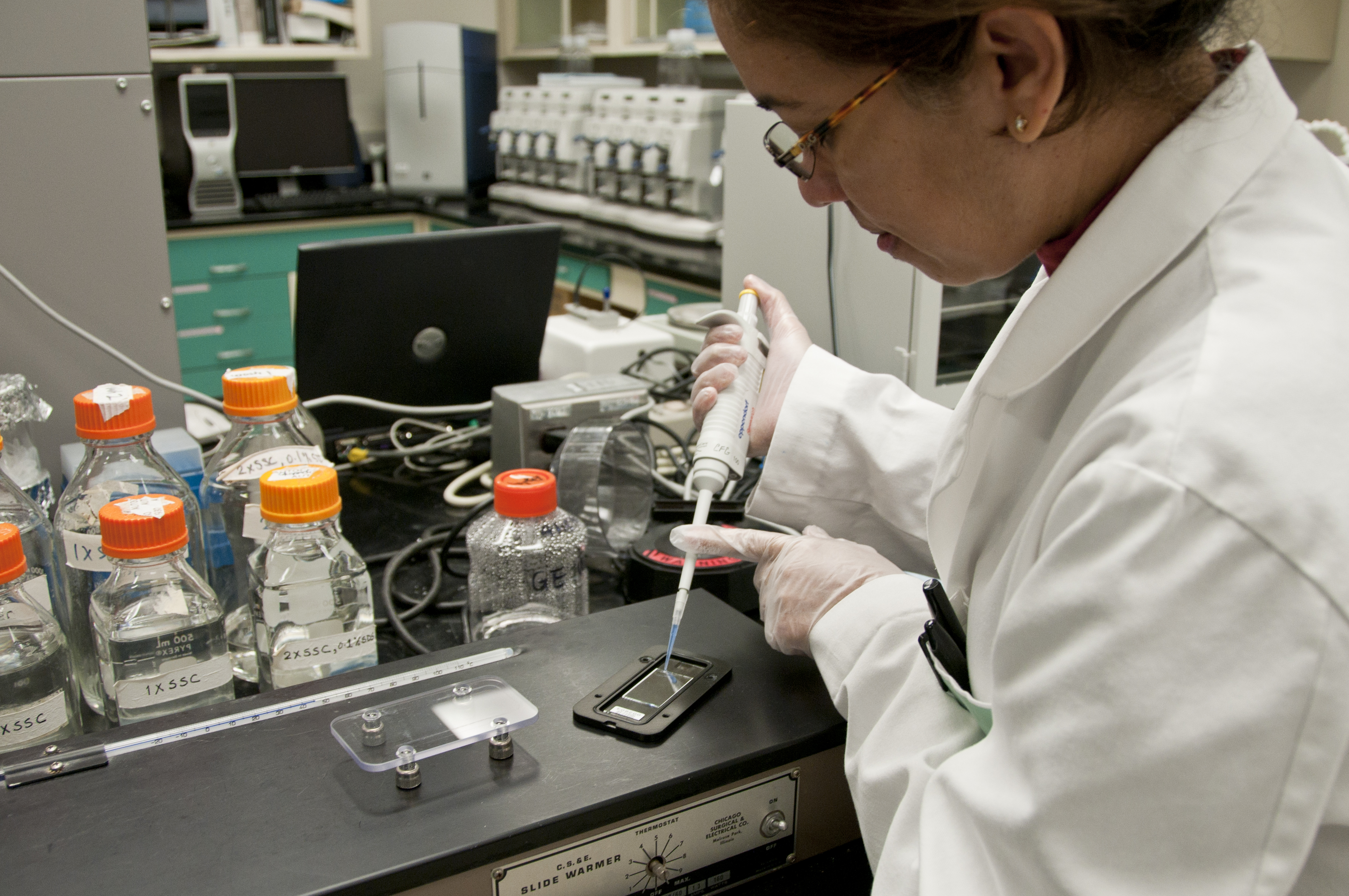
Photo from academic.microsoft.com
The benefits of warm-up in sports performance has received a special interest in the current literature. However, there is a large gap of knowledge about the tasks to be performed,… Click to show full abstract
The benefits of warm-up in sports performance has received a special interest in the current literature. However, there is a large gap of knowledge about the tasks to be performed, specifically in the real competitive environment. The purpose of the study was to verify the acute effects of a warm-up including ballistic exercises in 100 m running performance. In addition, a second 100 m trial was assessed to better understand the warm-up effects in training and competition. Eleven men (25.4 ± 6.2 years of age, 1.76 ± 0.08 m of height, 78.2 ± 8.6 kg of body mass) were submitted to three different protocols, in a randomized order: no warm-up (NWU), typical warm-up (WU) and WU complemented with ballistic exercises (PAP). Biomechanical, physiological and psychophysiological variables were assessed. Differences were found between the three conditions assessed in the first 100 m sprint with 7.4% and 7.6% faster performances after the WU and PAP, compared to NWU. Stride length was higher in the second part of the 100 m after PAP compared with WU. These results highlight the positive effects of warm-up for sprinting performance. The inclusion of ballistic exercises, besides being used to improve sprint performance, can increase stride length in the final of the 100 m race.
Journal Title: International Journal of Environmental Research and Public Health
Year Published: 2019
Link to full text (if available)
Share on Social Media: Sign Up to like & get
recommendations!